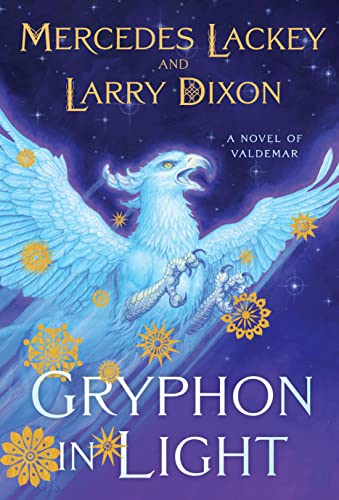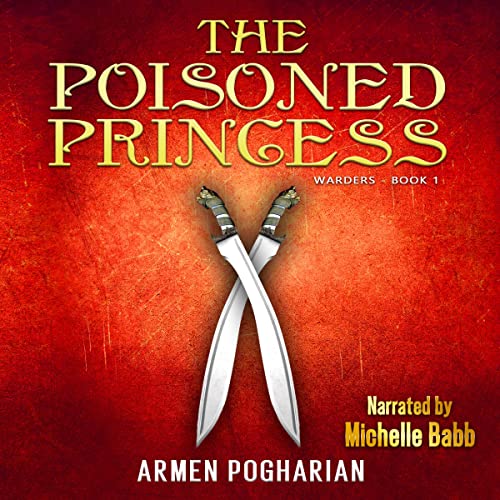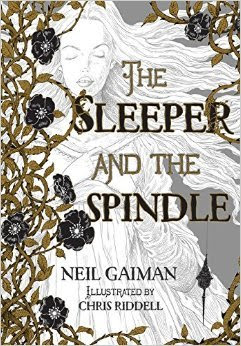
Rose House isn’t just a house, and it isn’t just the capstone to radical architect Basit Deniau’s career. It’s an intelligent, self-aware, autonomous A.I. With Deniau now deceased, it answers to no one but itself, is bound by nothing but Deniau’s will requiring it to let his former student, Selene Gisil, in for seven days each year, and the law that requires all AI’s (most of which are several levels below it in functionality) to inform authorities of any dead bodies within its area. There’s a reason people call Rose House a haunt, and a reason sensible people who aren’t radical architects, don’t want to go in there.
Rose/House by Arkady Martine
Subterranean Press, April 2023
Review by Lis Carey: Rose House is the creation of radical architect Basit Deniau, run by an AI. A real, opinionated, arrogant AI. Maritza Smith is the tired, disillusioned police detective in China Lake, somewhere in the American southwest, who takes the call from Rose House when, as required by law, it makes the call to report that there’s a dead body inside it.
Well, another dead body inside it. Deniau’s corpse, transformed into a diamond, has been there for a year, ever since his death. The only living person allowed inside is Dr. Selene Gisil, his former protégé, later critic, and now, unwillingly, archivist of his records and memorabilia. Even she’s only allowed in seven days a year.
But at the moment, she’s in Türkiye. Who is the dead body? Who is the killer?
One might think Selene Gisil is an admirer of Deniau. She very much is not. Gisil had been his student, but became convinced his work was poisonous. Years later, he died and she discovered in his will that he had made her effectively his archivist, with access to his greatest achievement, Rose House, seven days a year. No one else is allowed in at all, and so Gisil is the one everyone turns to for any information she can give them.
It’s not just resentment, though. Rose House is a truly intelligent AI, a “haunt,” and Gisil finds it truly creepy. In this first year after his death, she has managed only three days in the house, and then left, wishing she could choose never to return.
Now she has to go back, because there’s a new dead body in there, and Detective Smith can’t get in there without her. May not get in there with her, but definitely won’t without her.
What follows is Gisil’s discomfort with being inside Rose House again, Smith’s attempt to investigate the death with only what she could carry in and what Rose House will allow, and her partner police detective in the tiny town of China Lake, Oliver Torres, on the outside, following up on strange visitors showing an interest in Rose House right now. A man claiming to represent a company involved in auctions and art representation. A woman who says she’s a reporter with the Los Angeles Herald-Examiner. They’re both willing to talk–to a point–and he sets to work trying to check the information they’ve given him.
Along the way, he discovers he can’t communicate with Maritza after she’s inside Rose House.
On the inside, Maritza is finding that the AI in the walls (and floors, and ceiling) can do a great deal more than control access to the building, and the climate within. Along the way, she persuades Rose House (or does Rose House persuade her) to allow her into the part of the building that the dead man wanted to visit. The AI also shows her a replay of events, not an easily understandable replay of events, involving the man–and Maritza begins to get an idea of what happened.
Gisil is having her own creepy experiences, with more prior understanding of what Rose House can do than Maritza had.
Soon the question for both of them is, will they get out of there alive?
Oliver’s own investigation outside is also getting alarming, confusing, and guilt-inducing–he let Maritza go into Rose House without backup, and he, too, starts to realize she’ll only get out if Rose House wants her to.
It’s a tense, fear-inducing experience, for the characters and the reader.
It was hard to put down.
I received this book as a gift.

















